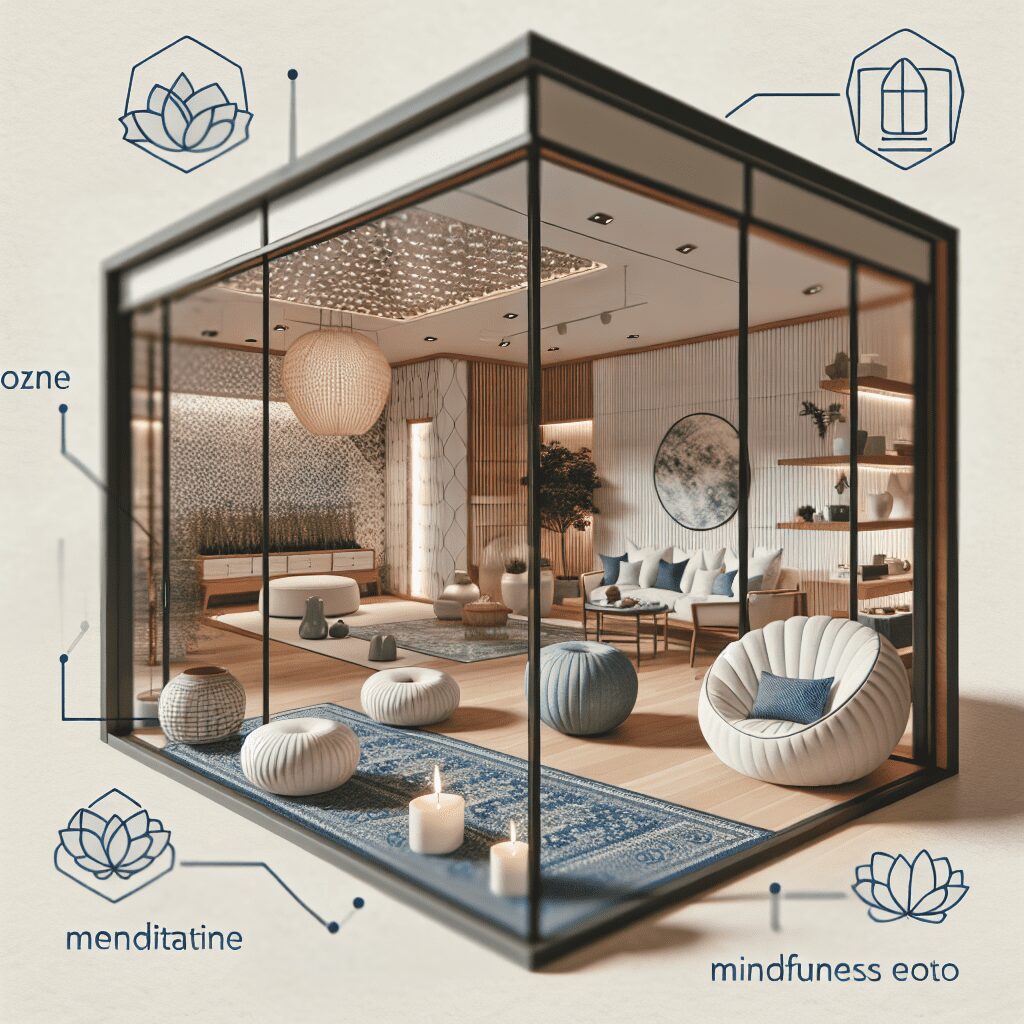
Prioritize your mental well-being daily. Enhance your life by nurturing your mental health with the Smart Meditation app. Break free from stress, alleviate anxiety, and enhance your sleep quality starting today.
Do Moks Meditate For Hours?
Unveiling the Mystique of Monastic Meditation
When we think of monks, the image that often springs to mind is one of serene figures enveloped in silence, deeply immersed in meditation for what seems like eternity. This picturesque notion isn’t far from the truth, but there’s more to the story than meets the eye. Delving into the practices of monks across various traditions reveals a tapestry of techniques and timelines that shape their meditative journeys. So, do monks actually meditate for hours on end? Let’s explore.
The Diverse World of Monastic Meditation
Monks, regardless of their spiritual affiliations—be it Buddhism, Christianity, Taoism, or any other religious order—dedicate a significant chunk of their day to meditation and prayer. However, suggesting that they all engage in marathon meditation sessions would be a bit of a stretch. The real scoop? It varies widely based on their order’s rules, personal capability, and the objectives of their meditation.
Buddhist Monks: Zen Masters of Meditation? In the realm of Buddhism, meditation is the cornerstone of spiritual practice. Zen monks, for example, might sit in Zazen (seated meditation) for periods that can stretch from 30 minutes to a couple of hours at a time. However, they’re not glued to their meditation cushions all day. Their daily routine is a well-orchestrated blend of meditation, working (yes, physical labor), studying, and even engaging in rituals. For them, mindfulness extends beyond the cushion, infusing every action with intentionality.
The Christian Contemplatives: Praying Without Ceasing? Christian monks, such as those following the Benedictine tradition, adhere to the principle of “Ora et Labora” (pray and work). Their day is segmented into dedicated times for communal prayers, reflective personal prayer, and yes, meditation. While the Christian approach to meditation might differ in technique from the Eastern traditions, monks might spend an hour or two in contemplation and prayer at various points throughout the day, rather than in prolonged, uninterrupted sessions.
A Chronicle of Continuity and Balance Across the board, the theme is clear: Monastic life is about balance. Extended periods of meditation are punctuated with other forms of worship, communal activities, study, and even chores. It’s about maintaining a rhythm that nurtures spiritual growth without veering into the realm of excess or neglecting other aspects of monastic life.
The Takeaway? It’s All About Harmony
Rather than picturing monks as hermits perpetually lost in meditation, it’s more accurate to see them as practitioners of a holistic spiritual discipline. Sure, they might sit in meditation for longer stretches than the average person might manage, but it’s not a non-stop marathon. The essence lies in cultivating a life where every action, every breath, and every silent moment contributes to their quest for enlightenment or closeness to the divine.
For those inspired by monastic dedication, there’s a lesson to be learned here. It isn’t necessarily about the quantity of time spent in meditation but the quality and intentionality behind it. Perhaps, in our own bustling lives, we can find moments to embrace a bit of this monastic mindfulness, whether it’s for five minutes or fifty.
So, next time you picture a monk meditating, remember—it’s just one facet of a beautifully balanced dance of devotion, work, study, and community. And hey, who knows? Incorporating a touch of this disciplined harmony into our own lives might just be the peace we’re searching for.





